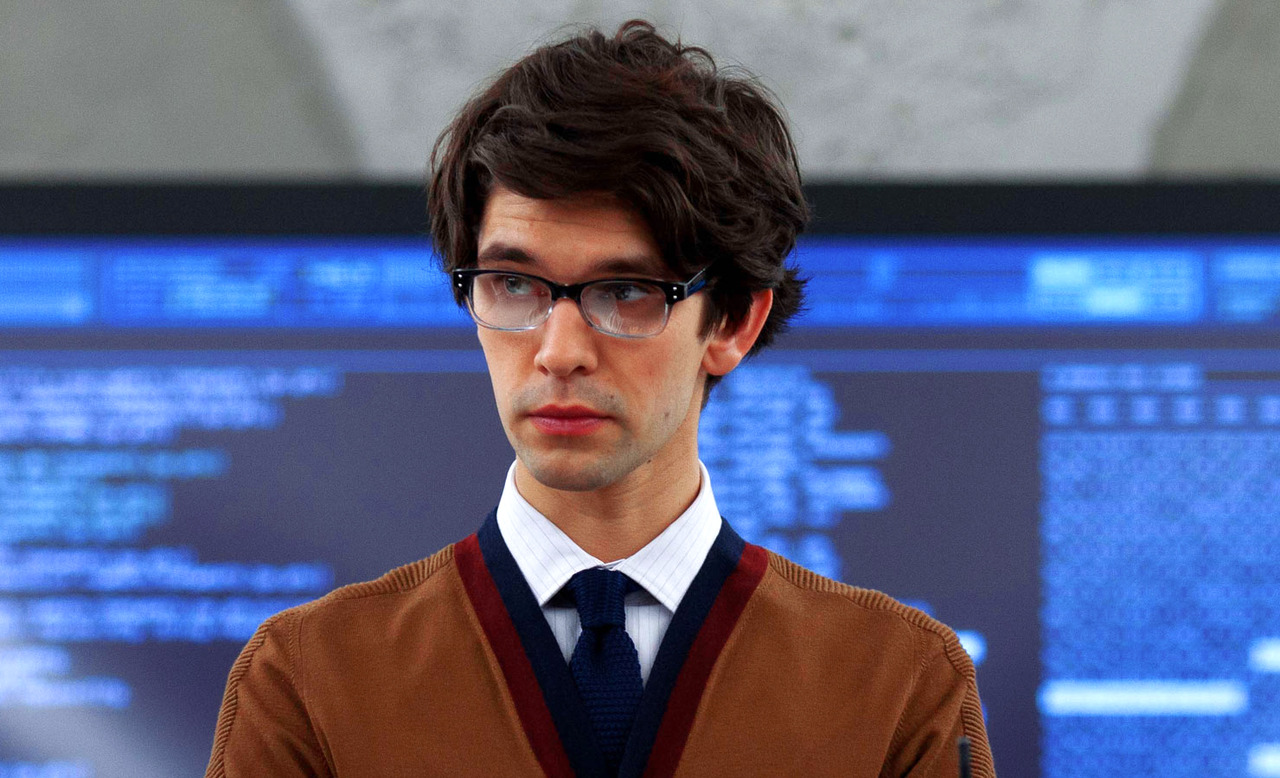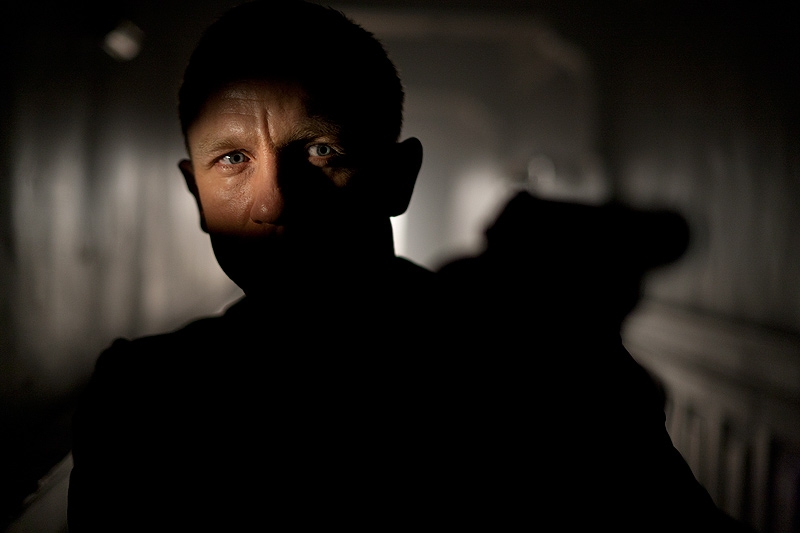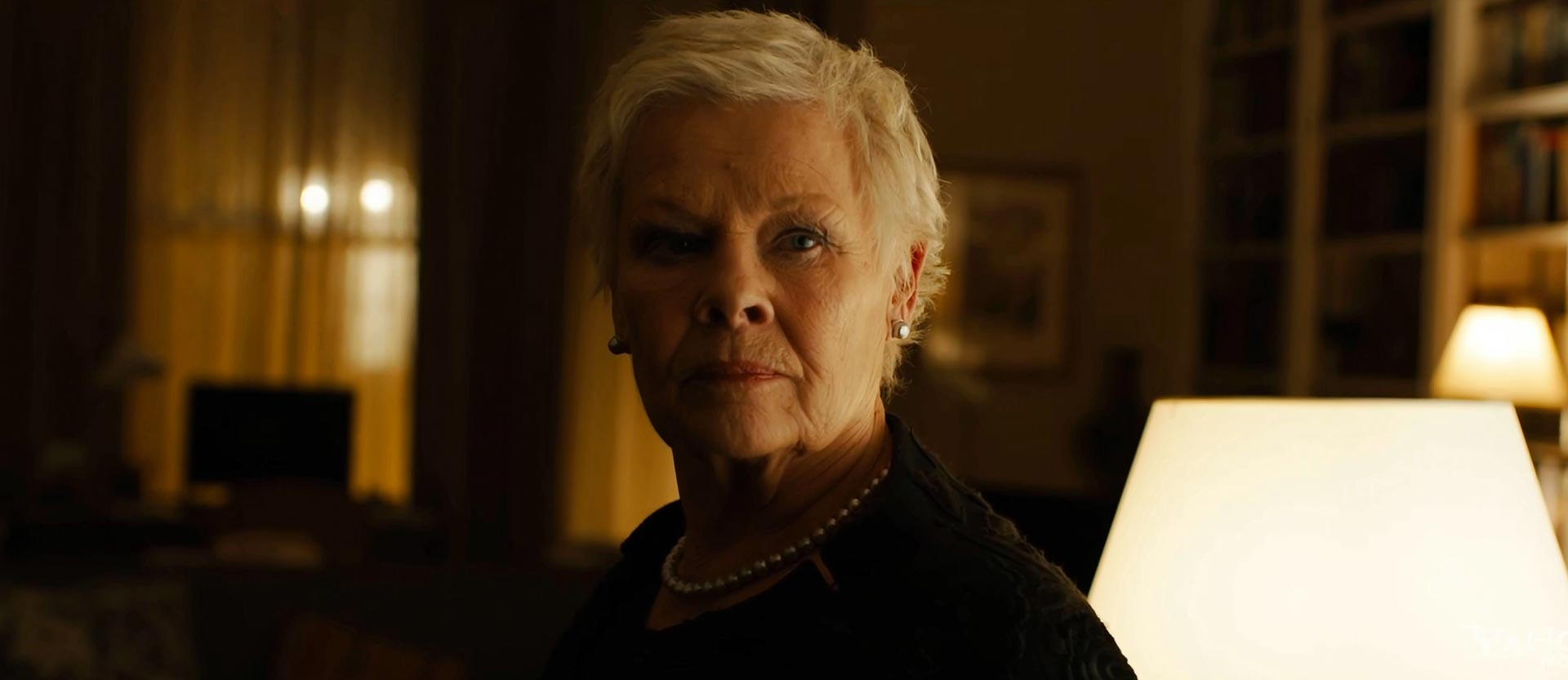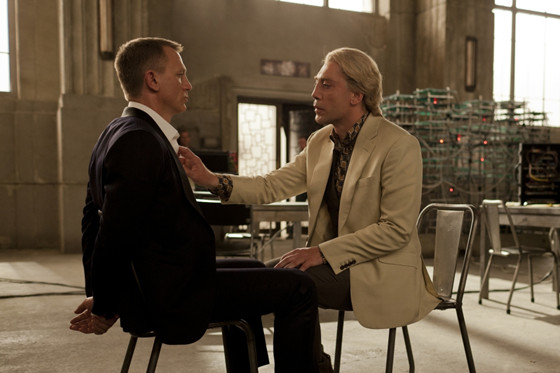
There are many well-made, cleverly plotted James Bond films in the 26-film, 55-year history of the British spy. Though the series relies heavily on specific tropes and some contrived elements, that has not stopped filmmakers from creating entertaining and interesting cinema through the years. Within the Bond oeuvre, there are many personal favorites that film buffs and Bond aficionados argue are the “best” Bond film.
For some with more traditional leanings, the choice may be Goldfinger or From Russia With Love. For others with a little more independent sensibility, it may be On Her Majesty’s Secret Service or Live and Let Die. Still others prefer the modern takes on 007 and might take the side of Goldeneye or Casino Royale or Skyfall. Even though Skyfall came out within the last five years, it is the movie that received the most Oscar nominations of any Bond film, and it deserves to be in the “best Bond film ever” discussion.
Those who place Skyfall lower on their personal lists sometimes knock it because it doesn’t have quite as much mindless action as the majority of the other movies featuring the seemingly immortal spy. It features slightly less sex and romance and a darker tone, which also turned some viewers off.
However, these opponents are willfully ignoring the tried-and-true Bond characteristics that Skyfall does skillfully employ, such as exciting set pieces, exotic locales, beautiful and enigmatic women, gunplay, and iconic villains. (Not to mention a deadly lizard.)
Skyfall does not succeed by ignoring the classic James Bond attributes; it succeeds by imbuing them with more relevance and realism. To penalize the most artistic and well-made Bond film for slightly underselling the patented Bond escapism is silly.
The moviemaking on display is Skyfall is assured and stunning. No other Bond movie can match it for sheer beauty or profound story. Here are the 7 reasons why Skyfall is the best James Bond movie ever.
1. It has the most talented cast of any Bond film

Though many well-respected actors have been featured in past James Bond movies, not one has ever featured a cast as uniformly dazzling and distinguished as Skyfall’s troupe.
Featuring Oscar nominee Daniel Craig, Oscar winner Javier Bardem, Oscar winner Judi Dench, Oscar winner Ralph Fiennes, and Oscar nominee Albert Finney (not to mention future Oscar nominee Naomie Harris) , the film is jam-packed with prestige names and none of those performers are phoning it in because it is a Bond film. If anything, they recognize the need to elevate their game to help the movie transcend its action movie roots. (At the BAFTAs, Javier Bardem and Judi Dench were nominated for their supporting roles in Skyfall.)
The debate about which Bond is best is often a heated one, with a majority seeming to prefer Sean Connery’s original unflappable but skillful Bond, while others go for the more silly, nonchalant charm of Roger Moore. The more modern proponents might lean toward the suave Pierce Brosnan, whose films were slick and entertaining but soulless or the brawny and brutal Daniel Craig, whose Bond is less smooth around the edges but no less effective.
Regardless, it is difficult to argue the fact that Craig has taken the role more seriously than any of his counterparts, His refusal to see the role as a throwaway assignment has encouraged other actors and actresses of similar prestige levels to take roles in his Bond movies and treat them with respect and care.
Javier Bardem, whose Oscar came from a villainous turn in the Coen Brothers’ No Country For Old Men, spins his foe here quite differently, just as disturbingly. For Skyfall to work, the audience must feel some sympathy for his former MI6 agent Silva. Bardem’s skill is such that he easily pulls that off without sacrificing any of his credibility as a evil mastermind.
Ralph Fiennes and Judi Dench (her a veteran of the Bond films at this point), have a lot of fun in multiple scenes where they square off. Both characters are stubborn and intelligent and Dench and Fiennes seem to delight in reacting to one another. If the film had been announced without anyone referencing James Bond, potential audience members could be forgiven for believing it to be a prominent Oscar contender. It basically ended up that way anyway.
2. The cinematography by Roger Deakins is gorgeous

Skyfall is the only Bond film to receive an Academy Award nomination for its cinematography, and it is not hard to see why. Deakins elevates the craft and visuals of the movie in a way that a Bond film never has. Even the very opening scene, as Bond walks down a hall, out of focus, and then moves into focus and into the light right at the last second, revealing his alert eyes, is magnificent.
In Shanghai, when he follows Patrice, the assassin who escaped him at the beginning of the movie, the lights and colors are brilliant, dancing on the glass walls in the darkness, creating both a beautiful style and an opportunity for Bond to hide. The ensuing fight happens mostly in moody silhouette, like a brutal but balletic interpretive dance.
Deakins and director Sam Mendes look for opportunities to amplify the themes via the camera work in ways that most Bond films of the past would never consider. Silva’s introduction is via an uninterrupted shot where he spends the first half unfocused and small, moving toward Bond casually, easily, while relating a vicious and apt analogy. It allows Bardem to establish the personality and grimness of Silva immediately and also mirrors the opening shot where Bond slowly comes into focus.
Nearly every scene in Skyfall, especially the action scenes, is sumptuous and attractive: Bond riding a boat across a body of water in Shanghai with the city lit up behind and in front of him, Bond and Severine wandering through a ruined city while ominous music unsettles in the background, and many more.
In fact, the climactic scenes play out at night with a brilliant orange fire glowing madly in the background. It lends those scenes a dull orange hue that suggests an unending sunset (even when Bond and a foe go underwater, the orange tinge extends into the depths and provides the scene with an eerie, arty feel).
Roger Deakins is a brilliant director of photography and he and Mendes collaborated to genius effect in Skyfall. Rarely is an action movie (especially one from a formulaic series) granted such beauty and grace through the lens of the camera. One can watch Skyfall without sound and be just as enthralled as if there were sound and that is high praise for a James Bond film.
3. M’s arc mirrors Bond’s

In Skyfall, Bond begins to question his lifetime of sacrifice and what it has done to him (which echoes the previous movies). Having almost given his life for the job, he has to decide if it is worth it to get “back in the game.” Bond is already unsure of what he owes his country and those feelings are only exacerbated by Silva’s relentless button-pushing.
At the same time, M (Judi Dench) does give her life for her job. After being told that she will be replaced by Fiennes’ Gareth Mallory, she too was left to wonder what it was all for. Nonetheless, she desires to go out with a bang: catching the diabolical Silva, who has made her his personal target. Though she, with Bond’s help, is able to bring Silva down, it comes at the ultimate price.
Bond, grappling with the same anguish and doubt, sees M die in his arms, having hidden from him the severity of her injury earlier in the film. Like Bond, she is stubborn and committed until the very end–and she solidifies his inclination to keep fighting the good fight. Her faith in him never wavered, and the James Bond that goes forward plans to reward that faith in his future missions.
4. One of the best villains in any Bond film

There have been many colorful, strange, and menacing Bond villains, but Javier Bardem’s Silva is one of the simultaneously most scary and most realistic. His story also ties into M’s, as he gave so much as a former agent (being viciously tortured, which he blames M for) and it turned him bitter. Like James Bond and M, Silva had seen pain and death in his time as a spy and it had fundamentally altered who he was.
This context, which slowly comes into focus, gives Silva a much more compelling backstory than viewers often see with James Bond villains. Though some are given a little more meat to their stories, most are there simply to be outrageous and eventually defeated. SIlva is more modern, as he is brilliant with technology, but he is also more relatable and interesting.
Not only that, but Bardem makes Silva more unpredictable than most of the previous Bond villains. When he first meets Bond, he flirts with him a little, trying to make him uncomfortable on one hand and just because he is drawn to him on the other. (Bond, for his part, does not even bat an eye.) He also cruelly murders Severine, his liaison, either for insubordination or for fraternizing with Bond. Either way, it’s sudden and it’s icy and it establishes the casual capriciousness of Silva, especially when he is angry.
Perhaps what makes Silva so compelling (in conjunction with Bardem’s fantastic performance) is his contradictions. He is a reflection of James Bond seen through a funhouse mirror: intelligent, confident, and deadly. He is also unhinged and driven insatiably by revenge.
Yet at his core, he is simply a man who had his feelings hurt, which anyone can relate to. Bardem’s Silva is not an enigma, simply a complex character who happens to possess the same virulent traits that make Bond so lethal. Without the persistence of M and the help of his former caretaker, Silva could never have been defeated.